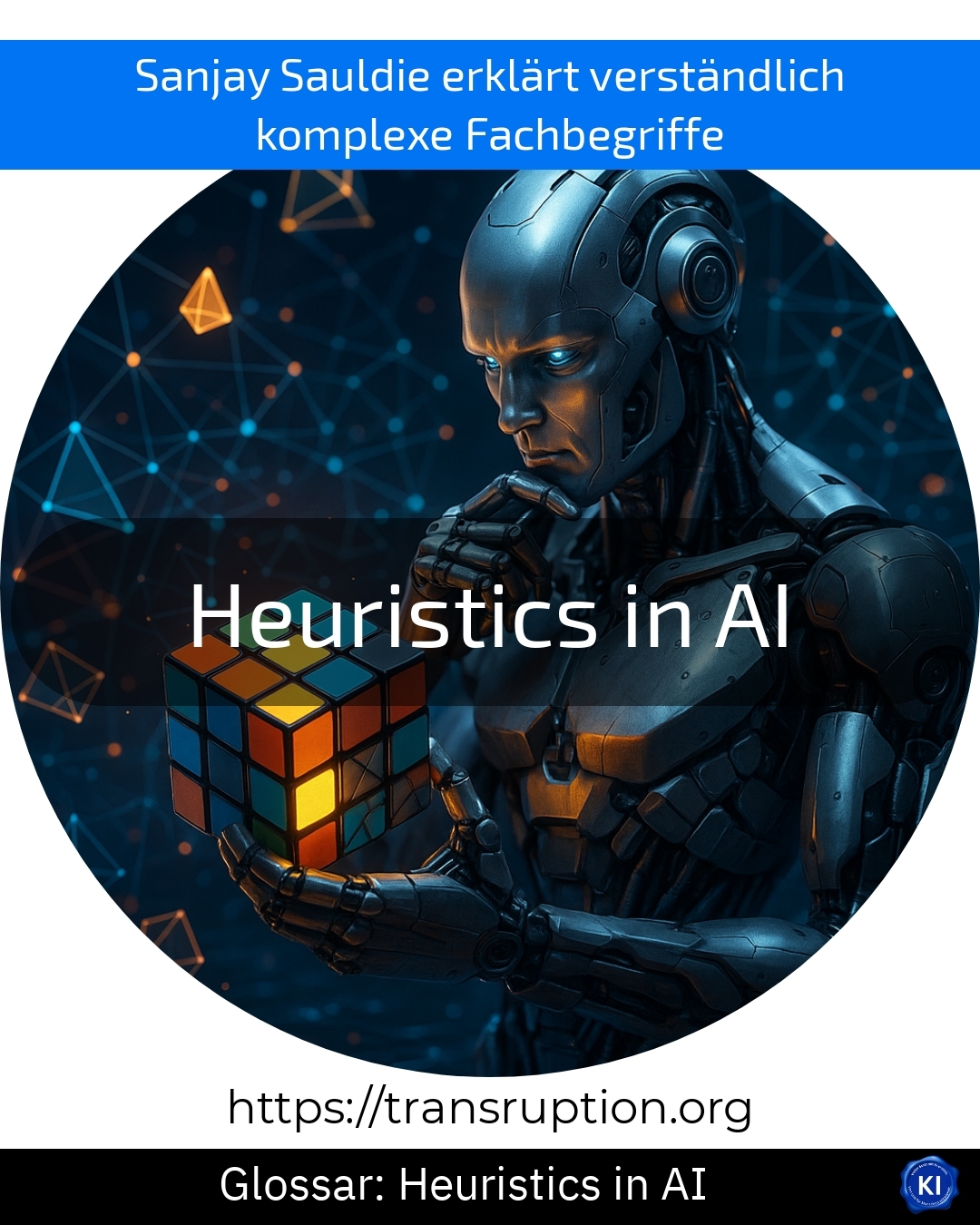Heuristics in AI are particularly at home in the fields of artificial intelligence, automation, big data and smart data. Heuristics are simple decision rules or rules of thumb that are used by artificial intelligence to solve tasks faster and often more efficiently. Instead of calculating every single possibility, heuristics in AI help to find plausible solutions quickly - similar to how people often make decisions in everyday situations based on "gut feeling" or experience.
A good example is route planning in navigation systems: An AI has to decide which route to the destination is the best. Instead of calculating all possible routes in detail, it uses heuristics such as "avoid traffic jams" or "shortest route". This allows Heuristics in AI to suggest a viable route very quickly.
Such rules of thumb not only save time and computing power, but also make artificial intelligence suitable for everyday use. Heuristics in AI are used in a targeted manner, especially for large amounts of data or when quick decisions are required. They are crucial for ensuring that AI systems remain practical and usable - even if the perfect solution is not always found.















